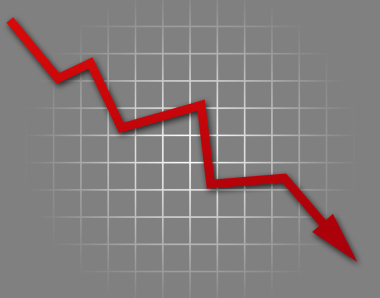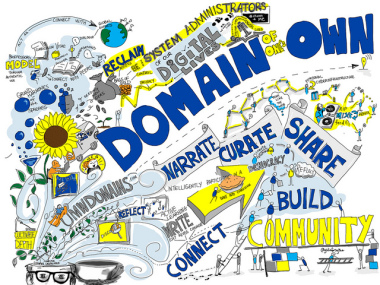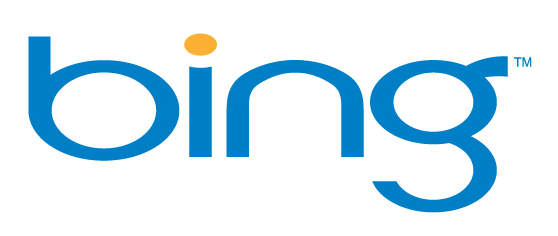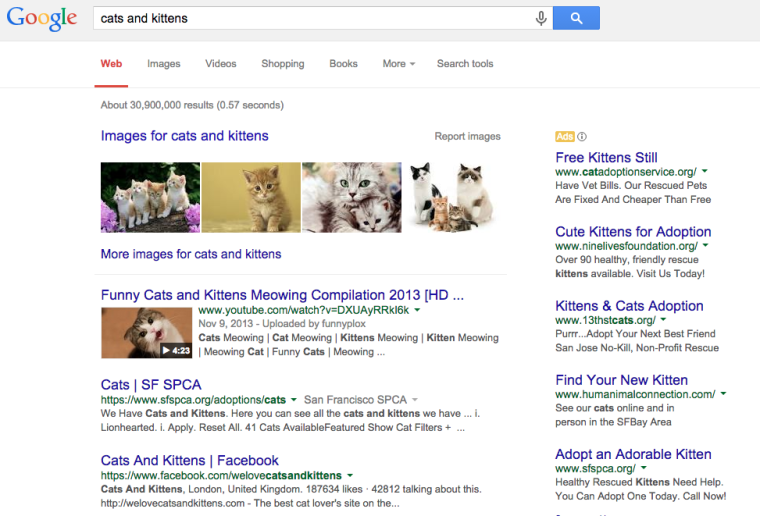
The web is filled with some absolutely stellar SEO advice and industry sites have written numerous tips, hacks and how-to guides around on-site optimization. From SEJ’s own “Beginner’s Guide to SEO†to Neil Patel’s infographic “How to Structure a Perfect SEO Optimized Page,†everything you need to know about optimization is a click away. No matter the industry however, there’s always a blind spot – a particular part of a subject that is overlooked or underutilized.
In SEO, that blind spot is often the use of imagery.
Even top class SEOs don’t give imagery for SEO its fair share of column space. It’s not examined enough, and often underutilized, which means it’s a powerful opportunity to give your website the advantage it needs and you want.
How Images Affect SERPs
You’re probably wondering – how do images impact search results and how do they increase the probability of people finding your site?
1. Universal Search Concept
In recent times, thanks to the universal search concept, Google is far more inclined to add imagery to its main results page. In fact, in a lot of cases, images are shown at the very top of the page, which of course is where any website wants to be. In addition, unlike traditional text-based results, images stand out and as such are more likely to catch the eye.
2. Human Level
Humans use Google’s SERPs and images make an impact at that level. To some extent, searching is about user experience and Kasy Allen on Moz summed the relationship between imagery and SEO well, when she discussed the way she and her husband search. People eat with their eyes as well as their stomachs. So, when looking for a recipe, she validly points out that she’d want to find the tastiest looking dish. In turn, she mentions when she does a search, she scans the images to find one she likes the look of and then clicks through to that particular recipe. She also uses an example of how her husband uses Google images when looking for instructions, claiming he prefers the visual option over the text-based alternatives.
Neither Kasy nor her husband would have found the particular results they did if they hadn’t been optimized with images.
Images and Social Media
Images also have an immense impact on social media and are known to greatly increase click-through rates among users. According to a study by Kissmetrics, using images on Twitter resulted in a 19 percent higher CTR and 150 percent more retweets. Appealing, high quality images also have a positive impact on Facebook Ad CTRs too. So, it could be said that high-quality, well-optimized images tend to have an encouraging impact on a variety of channels.
There’s plenty of science to suggest that searchers and readers are almost hardwired to prefer content with images rather than without. Dual-coding theory suggests that human memory can retain both verbal and image-based information, but that images are encoded in memory in a more concrete way and so have a longer-lasting impact on us as consumers.
So, taking all this into account, how do you go about optimizing your images for search results?
There are three areas to consider when making improvements to images for SEO.
- On-picture
- On-page
- Off-page
On-Picture Ranking Factors
These are things that need to be done to the image before it’s uploaded. Needless to say, always ensure your images are top quality, attractive, and eye-catching. Aside from this, you should also ensure the following:
- Images should be between 320 and 1280 pixels in size.
- Normal formatting sizes are best – so ensure you keep between 4:3 and 16:10 in size.
- Add a suitable file name to the image; i.e. red-car.jpg. Generally the file name should be no more than 4-6 words and a description of the image.
- Include a copyright notice – this doesn’t impact SEO, but is a good practice.
- Compress images to around 60-80 percent of the original size and keep file sizes below 400kb. The JPEG compression format is suitable here.
On-Page Factors
These are the on-page factors that improve an image in the HTML code:
- Ideally the text of the file name should appear as a keyword in the content before and after the image. By combining the keyword file name/keyword surround text and ensuring there is about a sentence between these factors, you greatly enhance the chance of the image being ranked.
- Add alt tags in the alt tag attribute within the image.
- Surrounding the image with quality content doesn’t explicitly help, but it can’t harm an image’s chances of ranking well.
Off-Page Factors
These are factors outside of the image page that contribute to its search position:
- Good internal linking structure will help the Google bot to reach the page and index the image.
- Quality external links to the page help too.
- The more copies of the image Google sees, the more important it deems the image to be. Obviously, copyright issues come into play if people use images without permission.
Finding Images
There are a number of different ways to find images and here are some favorites below:
Databases – Searchable sites are ideal if you’re looking for images on a certain topic. In some cases these will require you to set up an account or to credit the owner:
Photo Search Tools – These don’t provide free images but a means to search sites such as Flickr within certain parameters to find photos that you can then use:
Create your Own Images – Why not use these tools to create your own images?
Even better, instead of searching for free images or purchasing them, why not get paid for the images you use? Imonomy “in-image monetization†offers that. The service offers content-specific images. The plug n’ play platform allows customers to create monetized offers for themselves or their clients, built right into the pictures.
Overall, images drive traffic, backlinks, and a whole lot more. Concentrating on this angle can be particularly beneficial because image optimization is such an overlooked and underutilized SEO strategy. Even small adjustments can make a difference over time, so take advantage of images and SEO. It’ll be a game changer for your strategy in 2015 and beyond.
Â
Screenshot taken February 2015, featured image created by author.
Related Posts
 Three Unexpected Reasons Your Rankings are Plummeting
Three Unexpected Reasons Your Rankings are Plummeting There Is (Still) No Ranking Advantage To Using New Top-Level Domains
There Is (Still) No Ranking Advantage To Using New Top-Level Domains Bing Describes 7 Ways They Are Better Than Google For Image Searches
Bing Describes 7 Ways They Are Better Than Google For Image Searches How To Build Amazing Creative Without A Designer
How To Build Amazing Creative Without A Designer
- Bio
- Google+
- Latest Posts
Article source: http://www.searchenginejournal.com/use-image-seo-build-unexpected-advantage/127210/

